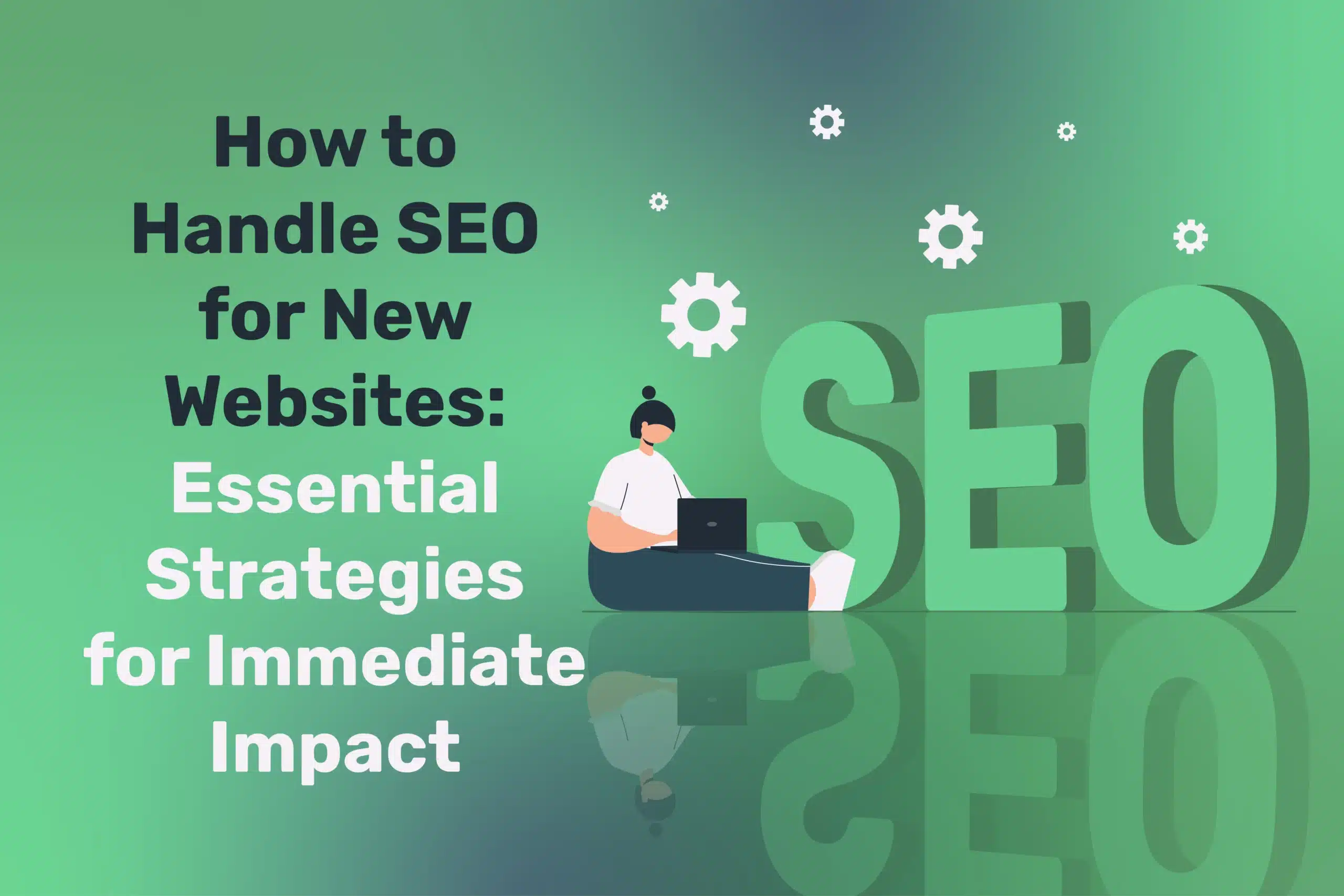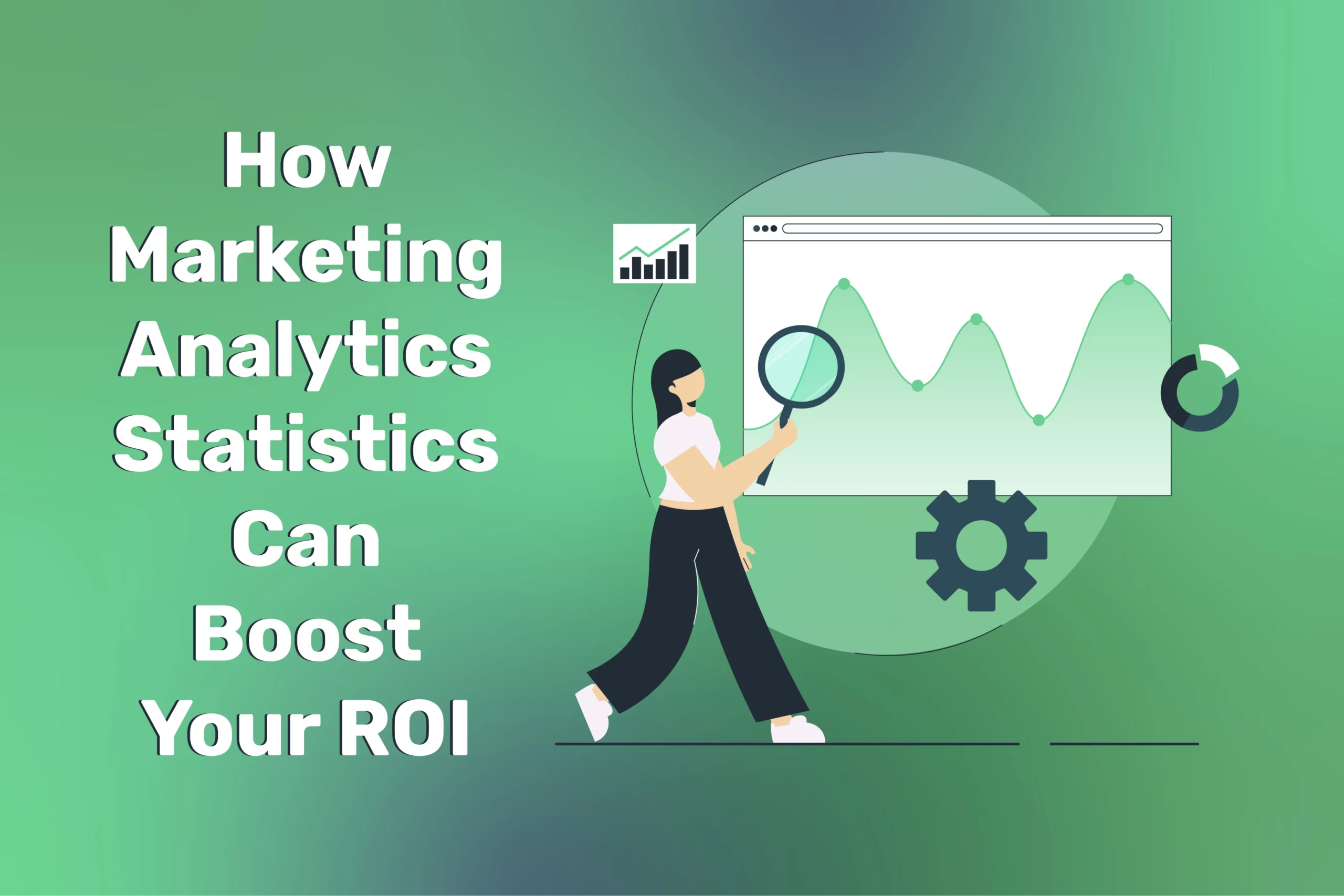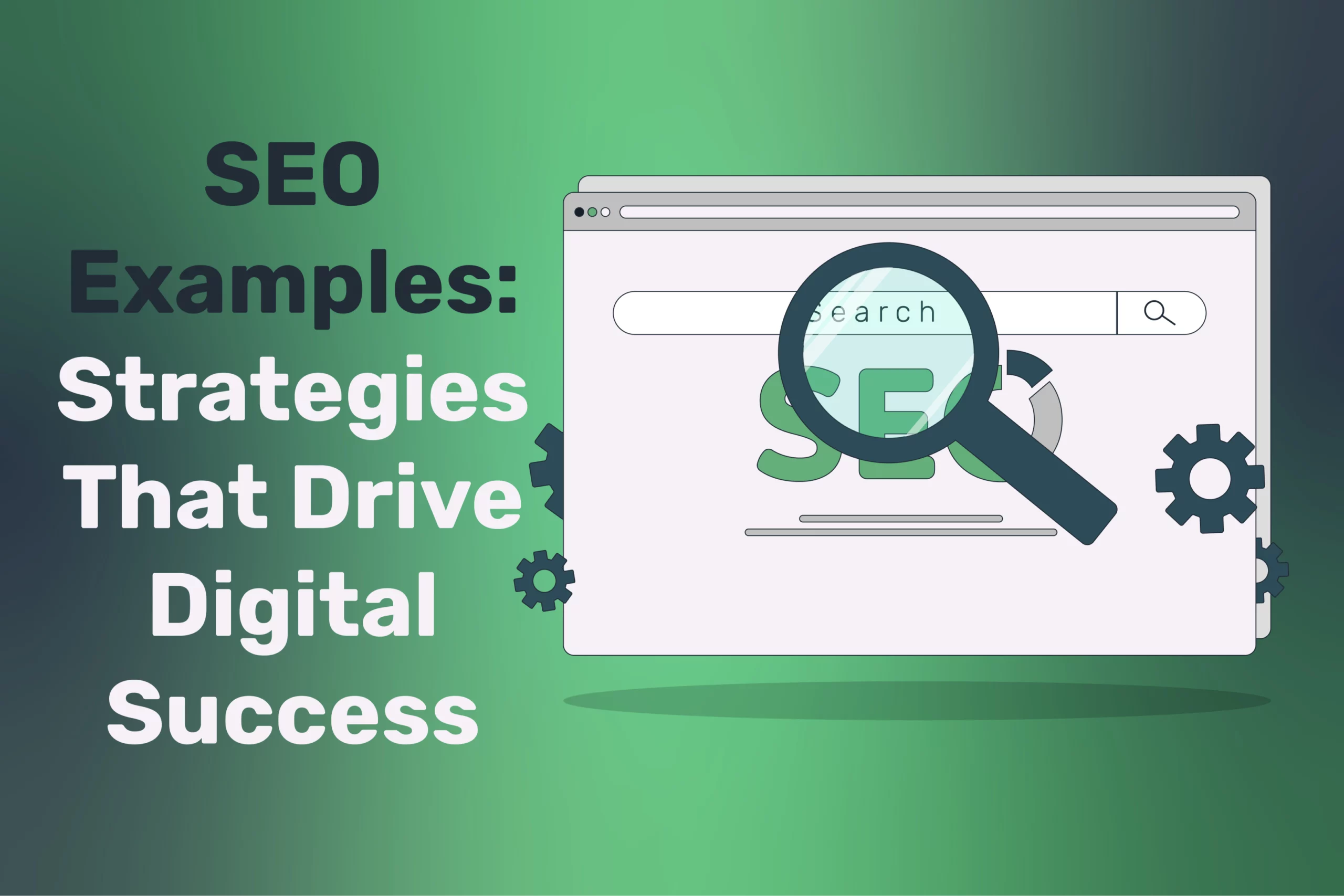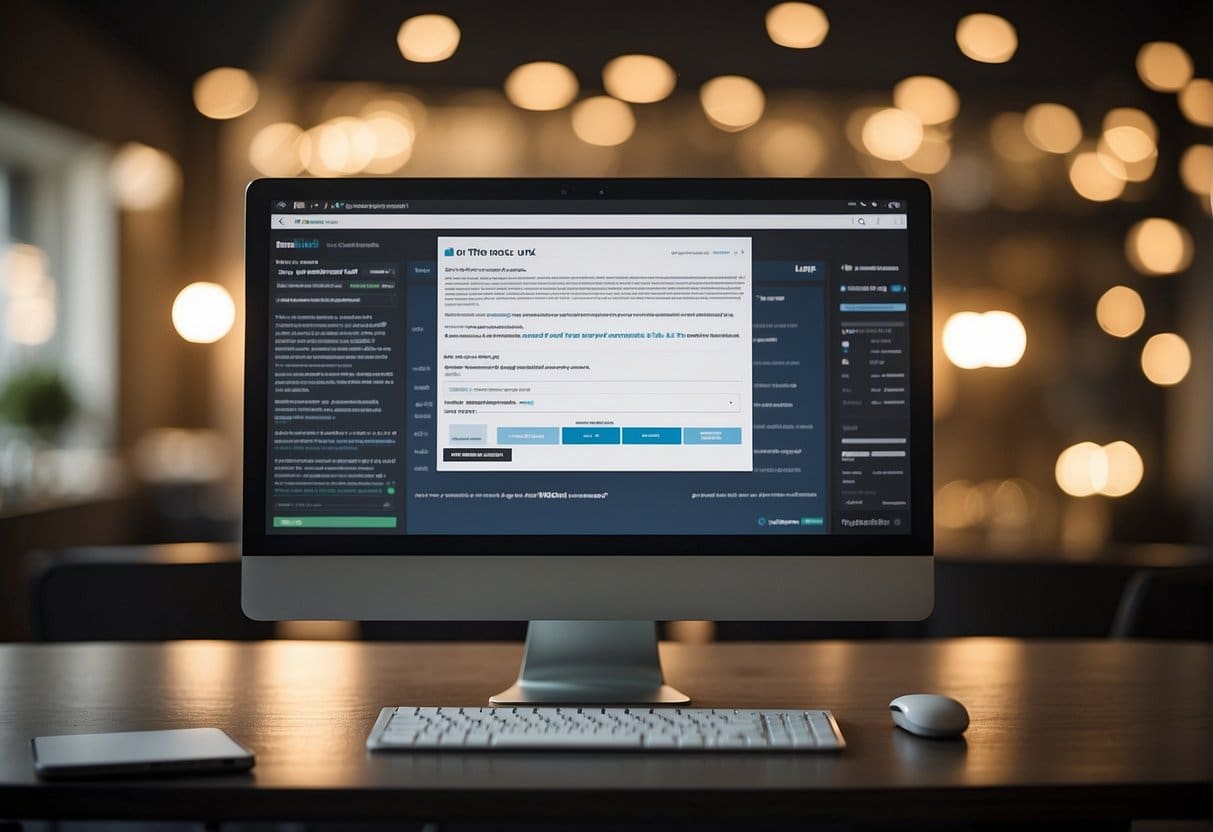
The Ultimate SEO Audit Checklist: Spotting and Fixing Hidden Issues
Table of Contents
An SEO audit is like a comprehensive health check for your website—digging into on-page elements, technical infrastructure, off-site signals, and user behaviour to uncover issues that hamper search rankings. Conducting audits regularly in 2025 is crucial, as search engine algorithms evolve and site structures shift over time.
This article outlines a step-by-step SEO audit checklist, from crawling for broken links and indexing errors to reviewing content quality and link profiles. By systematically applying these checks, you can spot hidden problems that might erode rankings, user experience, or conversion rates.
“Regular SEO audits help you catch issues before they derail your traffic. Think of it as ongoing site maintenance that keeps you competitive,” says Ciaran Connolly, Director of ProfileTree.
SEO Audit Checklist: The Preparation
Before diving into a full SEO audit, proper preparation is key to ensuring a smooth and thorough analysis. Gathering the right tools, setting clear objectives, and understanding your site’s current performance will help you identify gaps and opportunities more effectively. This section will guide you through the essential pre-audit steps, from benchmarking rankings to ensuring access to critical data sources like Google Search Console and analytics platforms.
Benchmark Your Metrics
Record current organic traffic (daily/monthly), conversions, and keyword rankings. Gather data from tools like Google Analytics, Search Console, SEMrush, or Ahrefs. This baseline helps measure improvements post-audit fixes.
Identify Main SEO Goals
Is your aim to fix a ranking drop, expand to new keywords, or unify scattered content? A clear purpose guides your focus. If you’re just ensuring overall health, your audit might be more general.
Tools and Access
Ensure you have credentials for Search Console, analytics, server logs, and your chosen SEO software (Screaming Frog, Screaming Frog SEO Spider, DeepCrawl, etc.). The deeper your data sources, the more thorough the audit.
Technical Health Check
A strong technical foundation is crucial for SEO success. Ensuring your website is crawlable, indexable, and free of major technical issues helps search engines understand and rank your content effectively. This section covers key elements such as site speed, mobile-friendliness, structured data, and broken link checks. By addressing these technical factors, you create a seamless user experience while improving search visibility.
Crawl for Errors
Use a crawler to identify:
- 404 pages or broken links
- 500 server errors
- Duplicate content (e.g., same pages accessible via multiple URLs)
- Orphan pages (not linked internally)
- Improper redirect chains
Address each error—especially 404 or 500 statuses. 301-redirect or re-link them appropriately.
Indexing Analysis
Check Search Console > “Coverage” to see how many pages are indexed vs. how many are excluded. Investigate reasons behind “Discovered but not indexed,” “Blocked by robots.txt,” or “Duplicate without user-selected canonical.” If legitimate pages are excluded, figure out why.
Robots.txt and Sitemaps
Confirm your robots.txt doesn’t block essential sections. Review your XML sitemap for correctness—are all relevant pages listed, or are old pages still included? Sitemaps must update as content changes. Ensure you submit the sitemap in Search Console.
Site Speed and Core Web Vitals
Run a PageSpeed Insights or GTmetrix test. Evaluate largest contentful paint (LCP), total blocking time, and layout shifts. If performance is subpar, plan fixes—like compressing images, minifying scripts, or upgrading hosting.
HTTPS and Security
All pages should be served securely with valid SSL. Mixed content warnings (HTTP images on an HTTPS page) degrade trust and can hamper SEO. Also ensure your site’s TLS is current and no security vulnerabilities are flagged.
“Technical errors can sabotage SEO fundamentals. Cleaning them up ensures search engines crawl, index, and trust your site properly,” says Ciaran Connolly.
On-Page Analysis

On-page SEO ensures that individual pages are optimised for both search engines and users. This involves evaluating title tags, meta descriptions, header structures, keyword usage, and content quality. Well-structured pages with relevant keywords, internal links, and engaging media improve rankings and user experience. A thorough on-page analysis helps identify gaps and opportunities to refine your content for better visibility and conversions.
Title Tags and Meta Descriptions
Scan for missing or duplicate titles. Each page’s title should be unique, relevant, and incorporate target keywords. Meta descriptions should be concise (up to ~160-165 chars) and persuasive, hinting at the page’s content. Tools like Screaming Frog highlight duplicates or missing tags.
Header Tag Usage
Ensure each page has a single H1 reflecting the main topic. Subheadings (H2, H3) break content into scannable sections. Overlapping multiple H1s or skipping logical heading hierarchy can confuse crawlers and humans alike.
Keyword Placement and Density
Spot-check key landing pages. Are the primary keywords present in the first paragraph, subheadings, and naturally in the body? Overstuffing is penalised, so maintain a balanced approach. Semantically related terms help cover broader queries.
Content Quality
Look for thin or outdated pages. If word count is minimal or the info is stale, either update or consider merging with another relevant page. Google’s “helpful content” emphasis means in-depth, well-researched, user-centric pages typically rank higher.
Image Alt Text
Images missing alt attributes hamper accessibility and SEO. Ensure alt text describes the image context. Don’t spam alt text with keywords, but keep it descriptive.
Content Duplication and Cannibalisation
Content duplication and cannibalisation can significantly impact your SEO performance. Duplication occurs when identical or similar content appears on multiple pages, confusing search engines and potentially leading to penalties. Cannibalisation happens when multiple pages target the same keyword, causing them to compete against each other in search rankings. Identifying and resolving these issues—through canonical tags, redirects, or content consolidation—ensures that each page serves a unique purpose, preventing SEO dilution and improving rankings.
Checking Duplicate Content
Use your crawler or site: searches to see if multiple URLs serve the same content. Apply canonical tags or 301-redirect duplicates to a single main version. Alternatively, consider unique expansions so each page addresses a distinct angle.
Keyword Cannibalisation
If multiple pages target the same phrase, they might compete in SERPs, diluting performance. Evaluate which page is more relevant or has better backlinks. Merge or differentiate the content on one page so it’s the definitive source.
Tagging and Category Overlaps
CMS-driven blogs sometimes create overlapping categories or tags that produce near-identical listing pages. If it’s causing confusion, noindex or consolidate them. Limit excessive category proliferation that hampers user clarity and search signals.
Structured Data and Rich Snippets

Structured data and rich snippets enhance your site’s visibility in search engine results by providing additional context about your content. Structured data, typically implemented with Schema.org markup, helps search engines understand the meaning of your content, making it easier to display rich snippets like star ratings, product prices, or event dates. These visual enhancements can improve click-through rates and help your pages stand out in search results. During an SEO audit, check for errors in structured data implementation, ensure all applicable pages are marked up, and monitor how rich snippets appear for your content in search results.
Schema Markup Implementation
Check pages for relevant schema, like Product, Article, LocalBusiness, or FAQ. Use Google’s Rich Results Test to confirm correct markup. If you run an event site, consider Event schema. For reviews, integrate Review or AggregateRating schema.
Potential Gains in SERPs
Rich snippets—star ratings, FAQ dropdowns, or site breadcrumbs—improve click-through rates. If your domain or section lacks structured data, consider implementing it carefully for relevant content types.
Regular Validation
Schema standards evolve. Re-validate occasionally. If Google updates guidelines, older schema might conflict or produce errors. Keeping your structured data current ensures you remain eligible for new rich result formats.
Backlink Profile Assessment
A backlink profile assessment is crucial for evaluating the quality and quantity of links pointing to your website. Backlinks from reputable, high-authority sites signal trustworthiness to search engines, boosting your rankings. During an SEO audit, analyse the backlinks to identify any toxic links from spammy or low-quality sources that could harm your site’s authority. Use tools like Ahrefs, SEMrush, or Google Search Console to review your backlink profile, disavow harmful links, and focus on building a diverse set of high-quality backlinks to improve your site’s SEO performance.
Check for Toxic or Spammy Links
Tools like Ahrefs or SEMrush highlight suspicious links (like paid link networks or random spam from irrelevant sites). Disavow in Google Search Console if you see consistent negative patterns, though use caution. Focus on direct outreach or improved link quality too.
Identify Opportunities for Link Growth
Assess top content pieces that get natural external links. Possibly replicate that success: produce more in-depth guides or create updated versions. If certain pages remain link-poor, consider content improvements or promotional campaigns.
Anchor Text Diversification
Too many exact-match anchors from external sites can look manipulative. Ensure brand or URL anchor usage is balanced with some partial keyword anchors. Over-optimisation can trigger penalties.
Competitive Gap
Check competitor link profiles for sites or publications referencing them but not you. If your content is equally or more deserving, reach out. This approach systematically closes the link gap.
“Backlinks remain a core ranking factor. Monitoring and refining your link profile ensures you don’t harbour toxic links or miss new partnership possibilities,” explains Ciaran Connolly.
Local SEO Elements (If Applicable)
For businesses targeting a local audience, optimising Local SEO is essential to appear in relevant searches within your geographic area. This includes ensuring your Google My Business profile is complete and up-to-date, with accurate business name, address, phone number (NAP), and business hours. Local citations from reputable directories can also strengthen your visibility. Additionally, incorporate local keywords into your content and meta tags to help search engines understand your relevance to a specific location. Don’t forget to gather reviews from local customers, as they can improve your reputation and rankings in local search results.
NAP Consistency
For local businesses, ensure your Name, Address, Phone is consistent across your site, Google Business Profile, and citations. Crawlers correlate these signals for local pack rankings. Tools like BrightLocal can highlight inconsistencies.
Google Business Profile Optimisation
Check if your listing has updated photos, correct hours, relevant categories, and consistent brand descriptions. Encourage reviews. If your site uses location landing pages, ensure they’re effectively linked from your GBP.
Localised Landing Pages
If you have multiple store locations, each location deserves a dedicated page with local content (like directions, unique offers). Avoid duplicating text across these pages; highlight distinct local angles or staff intros.
UX and Engagement Signals
User experience (UX) and engagement signals are key factors for improving SEO performance, as they reflect how well visitors interact with your site. High engagement rates, such as longer time on site, low bounce rates, and more pages viewed per session, signal to search engines that your content is valuable and relevant. Optimising UX ensures that visitors can easily navigate your site, find the information they need, and complete desired actions like sign-ups or purchases. Clear navigation, fast load times, mobile optimisation, and intuitive design are all crucial components of a positive UX that drive engagement and, in turn, can enhance SEO rankings.
Mobile-Friendliness
Run a Mobile-Friendly Test in Search Console. Ensure fonts are readable on smaller screens, tap targets have enough spacing, and no intrusive pop-ups hamper navigation. A negative mobile experience lowers user engagement.
Dwell Time and Bounce Rate
Review analytics for pages with high bounce rates. Are visitors failing to find relevant info or facing slow load times? Iteratively refine content or CTAs to boost dwell time. Engaging visuals, scannable text, and relevant internal links keep them exploring.
Internal Linking
Cross-linking relevant pages helps distribute link equity and guide user paths. If certain pages remain orphaned, add them to contextually relevant pages. Use descriptive anchor text for clarity—avoid “click here” or non-informative anchors.
Navigation Simplicity
Too many top-level menu items or excessive dropdown levels can frustrate visitors. Revisit your site structure—maybe group certain categories or reorder for logical flows. An intuitive nav fosters lower bounce rates and more conversions, indirectly aiding SEO.
Performance and Security

Performance and security are key to SEO success. Fast-loading sites improve user experience and mobile performance, making page speed optimisation crucial. Security-wise, having an SSL certificate (HTTPS) is important for SEO and user trust. Regular software updates and security measures protect your site from vulnerabilities, ensuring both safety and strong search engine rankings.
Re-check Speed Audits
If you’ve not updated your site in months, new third-party scripts or large media might degrade speed. Re-run PageSpeed Insights or GTmetrix. Patch regressions—like unused CSS frameworks or outdated libraries—for consistent performance.
Security Vulnerabilities
Keep CMS, plugins, server software updated to avoid hacks or malware. A compromised site can be blacklisted by Google or show security warnings in SERPs, gutting traffic. Use security plugins or scanning tools (Wordfence, Sucuri, etc.).
Mixed Content
If your site is HTTPS, confirm no references to HTTP images or scripts. Inspect console logs for warnings. Mixed content undermines user trust, triggers browser warnings, and negatively impacts SEO.
Post-Audit Implementation and Tracking
After completing the SEO audit, prioritise the identified issues based on their impact and implement the necessary changes. Track the progress of these improvements through tools like Google Analytics, Google Search Console, and other SEO tracking platforms. Regular monitoring ensures that the adjustments are positively influencing your site’s performance and rankings, enabling you to make further optimisations if needed.
Prioritise High-Impact Fixes
Rank issues by severity and potential ROI. A widespread 404 error in your product category might outrank minor alt text omissions. Tackle items that yield the biggest traffic or user experience gains first.
Stakeholder Collaboration
Share audit findings with your dev team, content writers, or marketing managers. Assign tasks or create a timeline for each fix. For major site structural changes, ensure a unified approach to avoid partial or conflicting solutions.
Continuous Monitoring
SEO audits aren’t a one-off. Schedule them quarterly or biannually—particularly if your site updates frequently or undergoes significant changes like design overhauls or content additions. Regular audits help you stay ahead of potential issues and keep your site optimised as search algorithms evolve. After implementing fixes, consistently monitor analytics and rank trackers to confirm improvements and detect any new anomalies. Additionally, keep an eye on competitor strategies, as shifts in their performance might offer insights into your ongoing optimisation efforts. Regular audits ensure your site stays competitive and aligned with best practices.
Celebrate and Communicate Gains
If after implementing critical fixes you see a jump in impressions or a drop in bounce rate, share these successes with your team or clients. This fosters a performance-driven culture encouraging further SEO diligence.
“Even after fixing issues, keep an eye out for new ones. As your site evolves, new plugins or content can spawn fresh challenges,” concludes Ciaran Connolly.
Systematic Audits to Safeguard Your SEO Health
By thoroughly auditing the technical, on-page, off-page, and user engagement dimensions of your site, you spot hidden SEO weaknesses and fix them before they cause traffic losses. Regular SEO audits—backed by data from crawlers, Search Console, and analytics—ensure each corner of your site remains optimised and user-centric.
Whether you’re reviving older pages, consolidating duplications, or patching speed bottlenecks, each fix contributes to a healthier search presence. Over time, these incremental improvements add up, propelling your site above competitors who neglect routine check-ups. Keep refining, stay proactive, and your site will thrive in an ever-competitive digital ecosystem.




